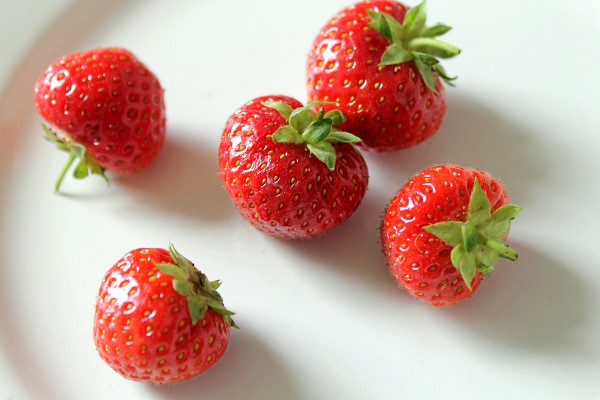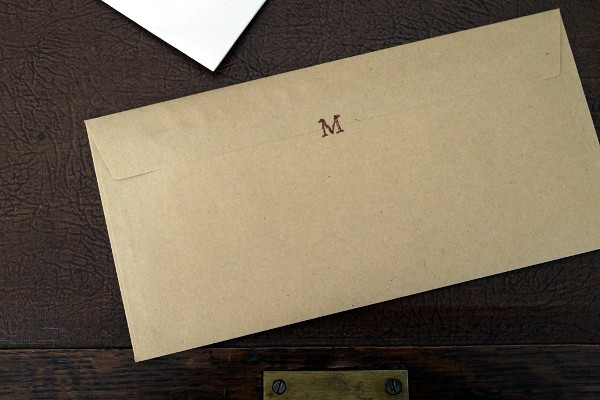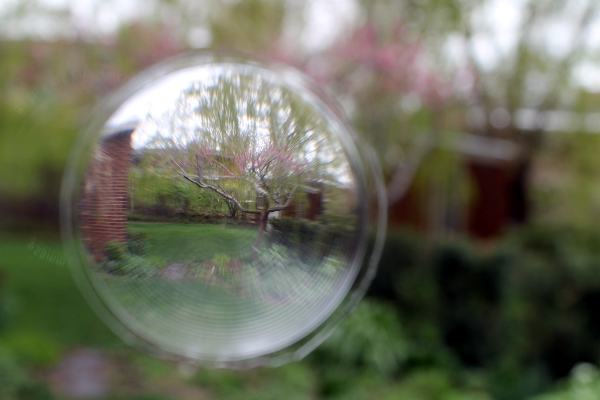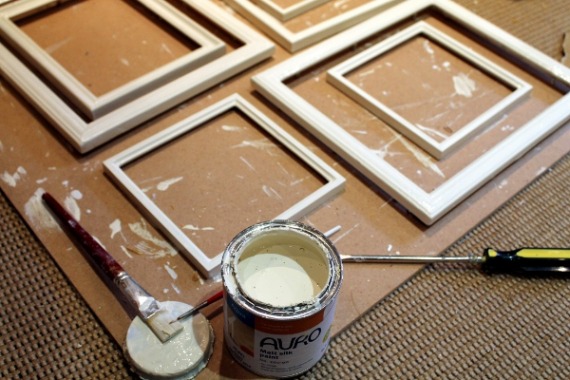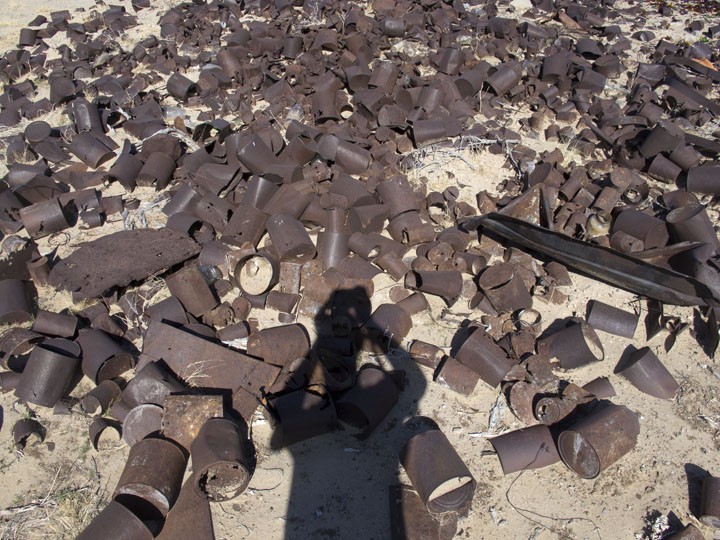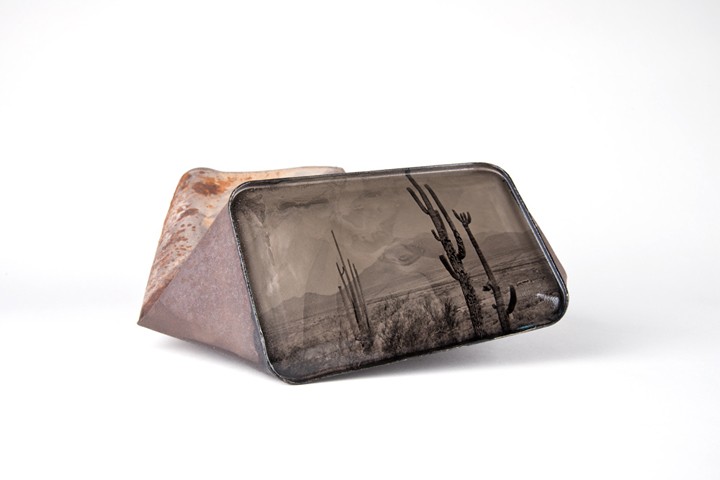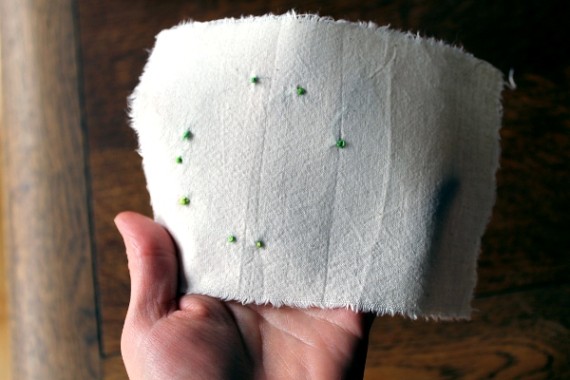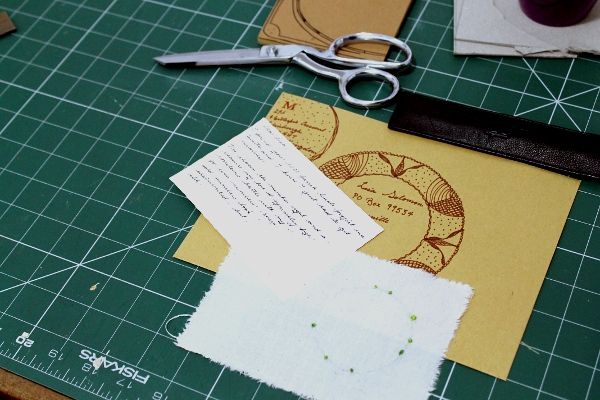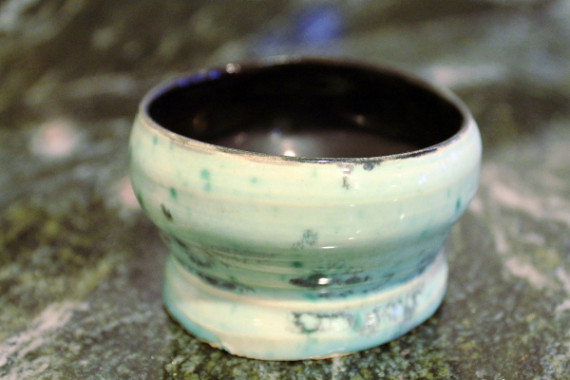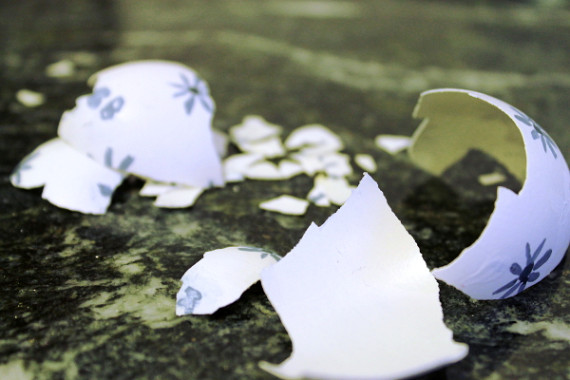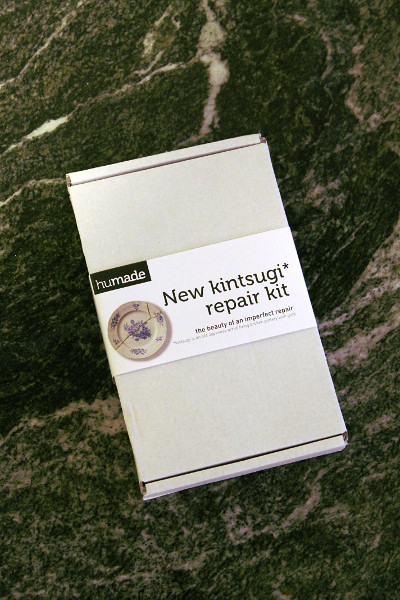The furniture rearranging continues apace.

I’ve reordered my supplies by genre rather than work/not-work and realised that I had only been using the front half of my plan chest drawers. (I suppose that’s part of the challenge of a large drawer in a small space!)
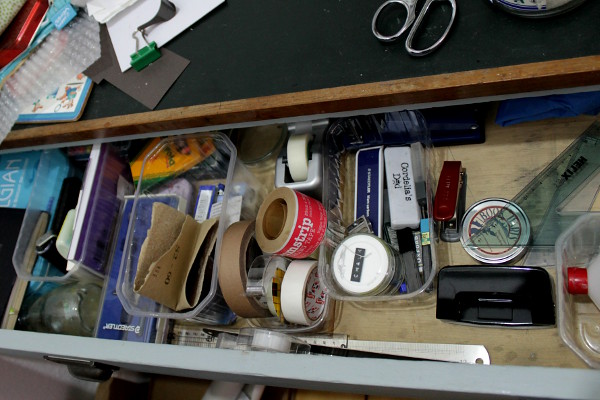
With the liberal application of hoarded fruit punnets and clicky-sticky tape, I’m slowly bringing a bit of order to things (no clear flat surfaces though, let’s not be too hasty).
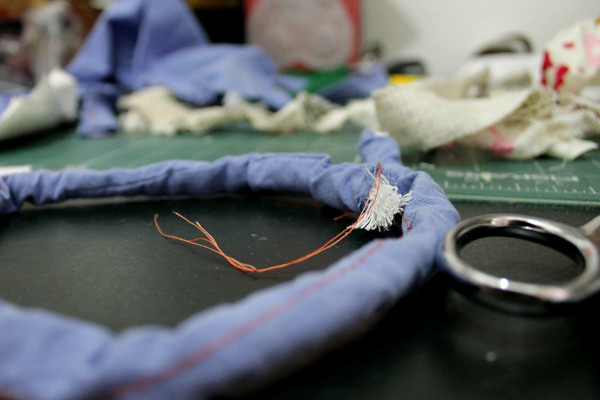
I’m still itching to draw rather than sew, which hopefully explains the slow progress on anything involving a needle and thread (no matter how beautifully organised). I did get a bodkin out, which is always pleasing. I’ve been playing with corded rouleau to use as stems for the Ark Project tablecloth, and it’s been unnecessarily difficult.

In the end I’ve settled on turning the loops empty and then threading it with a homemade cord made of scrap fabric. I’ve managed to streamline the production so much that I’ve stopped cutting holes into the ends of the fabric in favour of slits so I don’t have to put the wee flappy pieces in the bin.
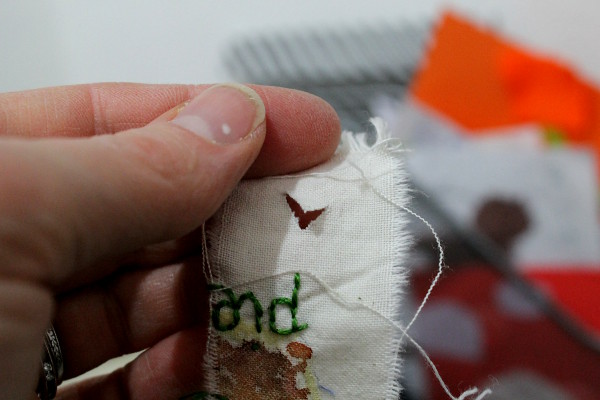
I’ve become very callous and started to cut up abandoned or unsold embroidery. I just don’t seem to have the energy spare to deal with shuffling it around or looking after it.

I wish I could say it was helping me get more work done, but it’s been mainly infinitesimal updates to various baby books, half rows of knitting, and a pleasant return to regular Pilates sessions.
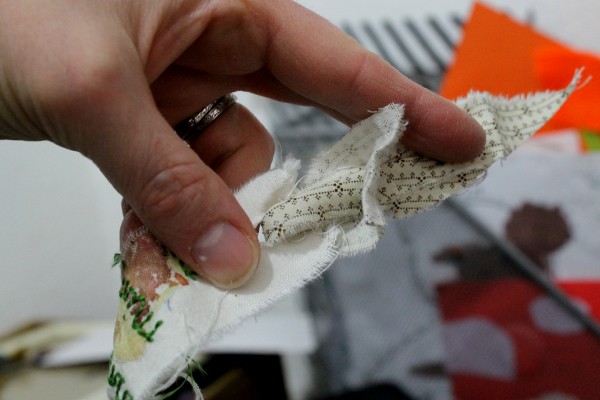
This is my favourite bit of the cord-making process, when you pull the two ends and they lock together. I’m not sure what the emotional equivalent is, but I’ll let you know when I find it.

